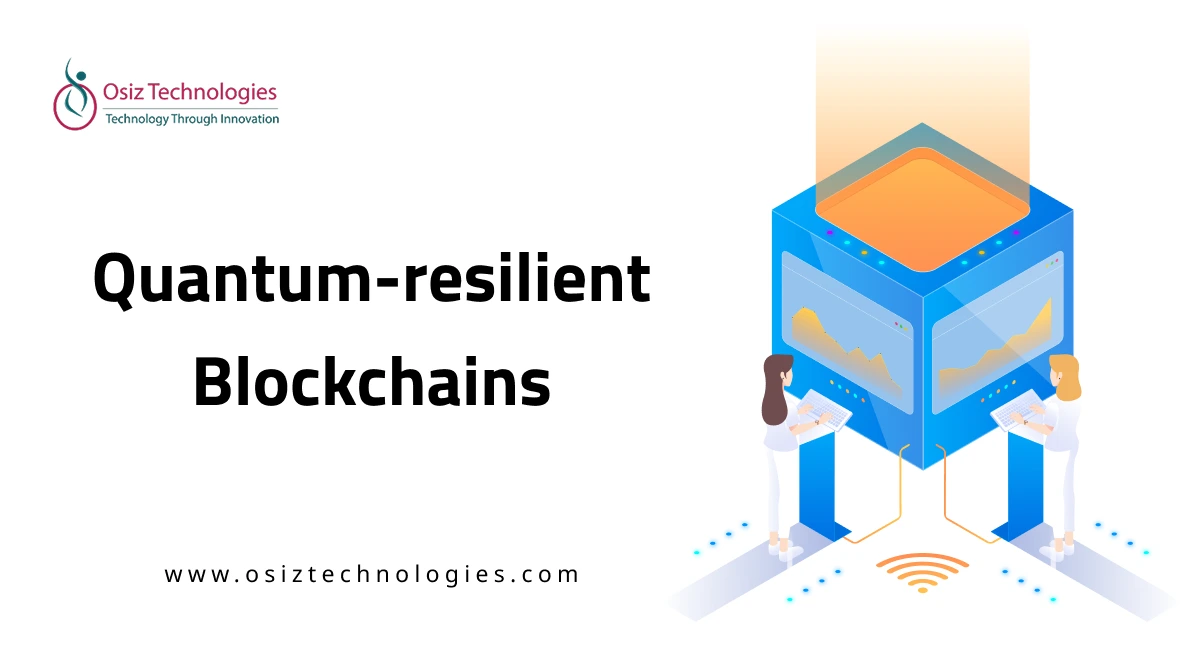AR in Education
In the education sector, augmented reality, or AR for short, is one of the hottest trends. Blockchain, AI, and VR are additional highly anticipated technologies. The technology has been around for a while, waiting to mature. However, Osiz is the leading AR development company with several years of experience.
However, as science has advanced in the areas of graphics, animation, and multimedia user experience, augmented reality (AR) has gained prominence with practical uses tailored for a general audience. To put it nicely, its applications in the delivery of education are huge and promising.
Benefits of AR in Education
Accessible Learning: AR tools offer alternative ways to engage with content, helping to create inclusive educational environments for students with diverse learning needs.
Improved Understanding: Complex concepts become easier to grasp through 3D visualizations and interactive simulations, aiding better comprehension and retention.
Personalized Learning: AR supports tailored learning experiences by allowing students to explore subjects at their own pace and in ways that suit their individual needs.
Interactive Collaboration: Students can work together in virtual environments, fostering teamwork and collaborative problem-solving skills through shared AR experiences.
Practical Application: AR bridges theory and practice by providing hands-on, real-world simulations that prepare students for practical applications in their future careers.
How to Implement AR in the Education Sector?
Augmented Classrooms
Marker-based AR applications make it simple to integrate augmented reality into traditional classroom instruction. After scanning their textbooks, students can use the app to see pictures of complex theoretical concepts. As students get firsthand familiarity with a subject's concepts, the entire process might make value adding an enjoyable extracurricular activity.
Augmenting Homework
Who said having homework had to be a hassle? Instructors might provide their pupils AR-enabled worksheets so they can study subjects at their own leisure while lounging on the couch. For example, a worksheet may have a few questions about a specific subject. Students can use the AR-based software to scan the worksheet and receive hints towards the correct solution if they are unable to solve the problem on their own.
Turn Abstract Concepts into Reality
AR can grab students by the hand and transform difficult biological topics into interesting anatomy courses since it uses 3D modeling and object recognition. Per capita learning will increase significantly when every student and prospective physician is able to simulate the feeling and touch of operating on a patient.
Uptick Student Engagement Rates
In education management, classroom instruction is but a small portion of augmented reality. Experts in the construction of mobile learning apps can incorporate augmented reality (AR) apps with ease. These apps allow athletes to engage every muscle and tendon in their body through virtual reality, which promotes both mental and physical development.
Augmented Reality for Content on Demand
Content on demand comes next, once educators and students understand how augmented reality functions. AR apps are an urgent necessity that requires quick attention for the majority of mobile app developers working in the education space. In the grand scheme of things, augmented reality would soon be associated with creativity. More content beyond what the typical augmented reality app offers is probably going to be demanded by educators and students.
The Best AR Apps Leveraging the Education Industry
Augmented reality apps represent a wave of acceptance from sizable cohorts of educators and learners, providing Edtech entrepreneurs with solid foundations on which to build their business.
- Google Translate
- Civilization AR
- QuiverVision
- CoSapes Edu
- ABC AR - Space Discovery
Why Choose Osiz for AR in Education Services?
We promised to provide you with sufficient justifications in the introductory section before requesting that you join the AR movement. We hope that over our conversations, you were able to gather enough evidence to conclude that augmented reality (AR) is gaining traction quickly and has the ability to help businesses. It provides a stand-alone solution to the issue of interactive learning in both online and classroom settings. AR provides Edtech business owners with a paradigm to generate economies of scale through cost-effective learning digitization. The idea of individualized learning for everyone is fostered by it, and it significantly improves tutoring by tailoring the lessons to each student's IQ. This is the last and most significant benefit.
Listen To The Article
Recent Blogs

Black Friday 30%
Offer












